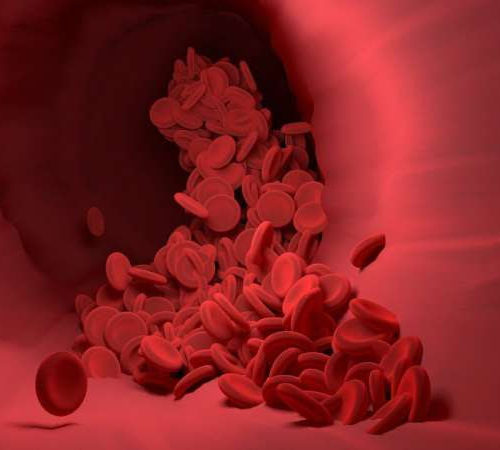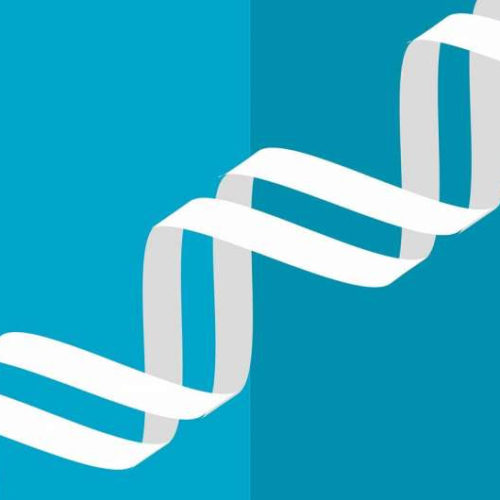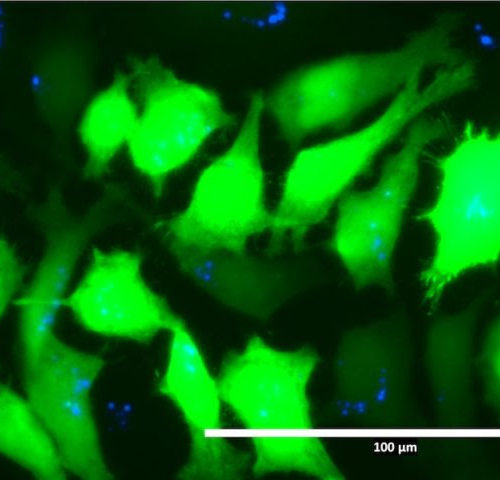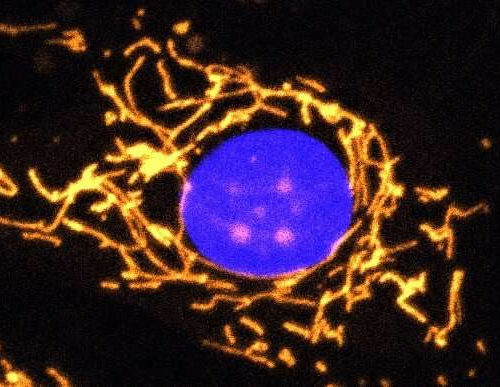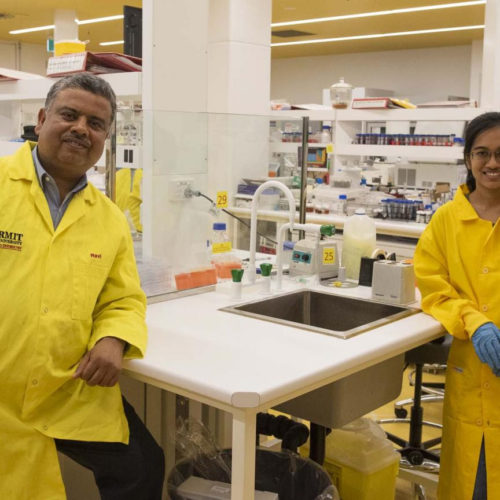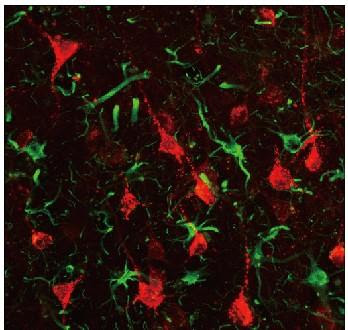Danielle Ternes/BioPharma Dive AUTHOR Ned Pagliarulo@NedPagliarulo PUBLISHED Feb. 12, 2021 The toxic globules of sugar and fat slowly pile up in the body’s cells, accumulating in blood vessels and in major organs like the kidney and heart. Typically, special-purpose proteins within the cell would tear apart and break down the toxins. But for people with...
Tag: <span>Gene Therapy</span>
A potentially safer, more effective gene therapy vector for blood disorders
by Children’s Hospital of Philadelphia Credit: CC0 Public Domain Researchers at Children’s Hospital of Philadelphia (CHOP) have developed a gene therapy vector for blood disorders like sickle cell disease and beta-thalassemia that is potentially safer and more effective than those currently used in gene therapy trials for those conditions. The vector, an engineered vehicle for delivering functional...
First hybrid gene therapy shows early promise in treating long QT syndrome
MAYO CLINIC ROCHESTER, Minn. — In a new study published in Circulation, Mayo Clinic researchers provide the first preclinical, proof-of-concept study for hybrid gene therapy in long QT syndrome, a potentially lethal heart rhythm condition. Researchers demonstrated its potential therapeutic efficacy in two in vitro model systems using beating heart cells reengineered from the blood samples of patients with...
Gene therapy strategy found effective in mouse model of hereditary disease TSC
by Massachusetts General Hospital Credit: CC0 Public Domain Patients with tuberous sclerosis complex, a genetic disorder characterized by the growth of noncancerous tumors in multiple organs of the body, have limited treatment options. A team led by investigators at Massachusetts General Hospital (MGH) has now shown that gene therapy can effectively treat mice that express one...
Scientists develop new gene therapy for deafness
by Tel Aviv University Microscopy image of the mouse cochlea: Hair cells are stained in red and cells transduced by the virus are stained in green. Credit: Shahar Taiber, Tel Aviv University A new study from Tel Aviv University (TAU) presents an innovative treatment for deafness, based on the delivery of genetic material into the cells...
New way to deliver DNA-based therapies for diseases
University of Minnesota Twin Cities researchers in the Department of Chemistry have created a new polymer to deliver DNA and RNA-based therapies for diseases. For the first time in the industry, the researchers were able to see exactly how polymers interact with human cells when delivering medicines into the body. This discovery opens the door for more widespread use...
Gene therapy gives man with sickle cell disease the chance for a better future
UNIVERSITY OF CALIFORNIA – LOS ANGELES HEALTH SCIENCES IMAGE: EVIE JUNIOR CREDIT: UCLA BROAD STEM CELL RESEARCH CENTER For Evie Junior, living with sickle cell disease has been like running a marathon. “But it’s a marathon where as you keep going, the trail gets rockier and then you lose your shoes,” the 27-year-old said. “It gets harder...
Scientists develop new gene therapy for eye disease
by Trinity College Dublin A fluorescent microscope image with mitochondria highlighted in gold. This healthy cell shows a highly elaborate and well-connected network of mitochondria. Credit: Professor Jane Farrar and Dr Daniel Maloney, Trinity College Dublin Scientists from Trinity College Dublin have developed a new gene therapy approach that offers promise for one day treating an...
New findings speed progress towards affordable gene therapy
RMIT UNIVERSITY IMAGE: L-R: ASSOCIATE PROFESSOR RAVI SHUKLA AND PHD RESEARCHER ARPITA PODDAR IN THEIR LAB. CREDIT: RMIT UNIVERSITY Researchers used metal-organic frameworks (MOFs) enhanced with a green tea phytochemical coating to target human prostate cancer cells for the first time. The new method for deploying the genetic snipping tool directly into target cells is a...
First non-human primate study showing promise of gene therapy for stroke repair
GUANGDONG-HONG KONG-MACAU INSTITUTE OF CNS REGENERATION,JINAN UNIVERSITY IMAGE: ASTROCYTE-CONVERTED NEURONS IN MONKEY BRAIN AFTER STROKE. Stroke is a leading cause of death and severe long-term disability with limited treatment available. A research team led by Prof. Gong Chen at Jinan University, Guangzhou, China recently reported the first non-human primate study demonstrating successful in vivo neural regeneration from brain internal...


